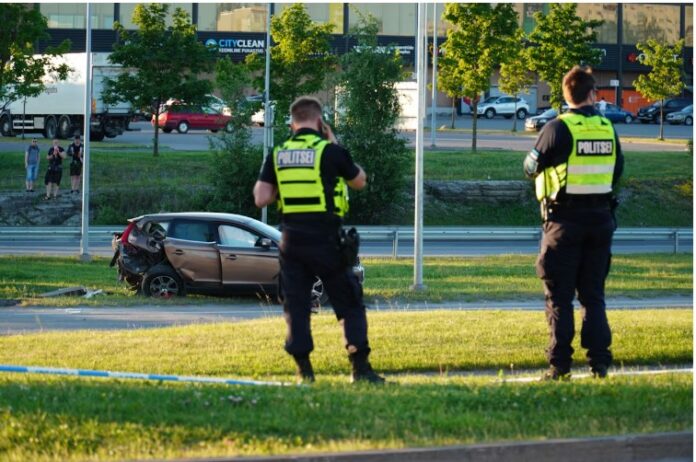If you’re involved in a car accident, collecting the right evidence can significantly strengthen your case and increase your chances of receiving fair compensation. Insurance companies and courts rely heavily on documentation and proof when determining fault and damages. The more detailed and organized your evidence, the better protected you’ll be.
Here are five essential steps to help you gather evidence for your car accident case.
1. Photograph the Scene Immediately
Photos are among the most powerful pieces of evidence in a car accident case. Use your phone to take pictures of the entire scene, including the vehicles involved, any visible damages, skid marks, road signs, traffic signals, and weather conditions.
Don’t forget to photograph your own injuries, no matter how minor they appear at the time. Try to capture the photos from different angles and distances for context. The more detailed the pictures, the clearer the story they will tell to insurers or a court.
2. Gather Contact Information and Witness Statements
Right after the accident, exchange contact, insurance, and vehicle details with the other driver(s). If there are witnesses nearby, politely ask for their names and phone numbers.
Witness statements can provide an unbiased perspective of what happened, which is especially helpful if fault is disputed. Ask witnesses if they’re willing to write or record a short account of what they saw. These statements can be used later to support your version of events.
3. Obtain a Copy of the Police Report
Always call the police after an accident, especially if there are injuries or significant property damage. The responding officers will create an official police report that includes vital information such as driver statements, citations issued, road conditions, and initial fault assessment.
This report becomes a crucial piece of evidence when dealing with insurance companies or filing a lawsuit. Request the report number at the scene and follow up with the police department to get an official copy.
4. Keep a Medical and Financial Record
If you’ve been injured, seek medical attention immediately—even if you feel fine. Some injuries don’t appear until hours or days later. Keep a record of all medical visits, diagnoses, treatments, prescriptions, and expenses.
You should also document any time missed from work, repair bills, rental car receipts, and other accident-related costs. These records demonstrate how the accident impacted your physical health and finances and help calculate your total damages.
5. Work with an Auto Accident Attorney
Hiring an experienced auto accident attorney can significantly strengthen your case. Attorneys know exactly what evidence is needed and how to obtain it legally and effectively. They can gather surveillance footage, request phone records, depose witnesses, and consult accident reconstruction experts if needed.
Most importantly, an attorney will protect your rights, negotiate with insurance adjusters on your behalf, and help ensure you don’t accept a settlement that’s less than what you deserve. Their legal expertise can make all the difference in a successful claim.
Conclusion
Collecting the right evidence after a car accident is essential for proving fault and recovering full compensation. From taking photos and obtaining witness statements to working with a skilled attorney, each step builds a stronger case. Don’t leave your outcome to chance—document everything and seek professional guidance when needed.

